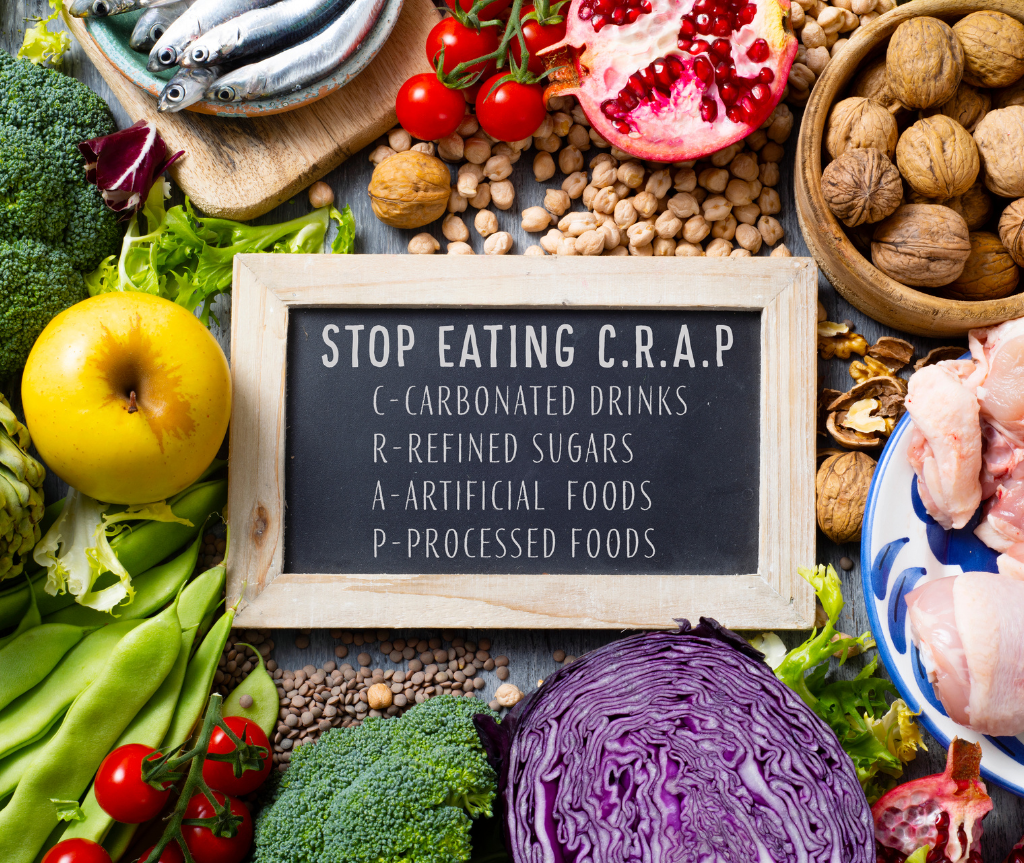Have you ever wondered if your body would thrive better on the foods our ancestors once ate? That’s the premise behind the Paleo diet—a nutritional philosophy inspired by the diets of hunter-gatherers from the Palaeolithic era. While it may sound like a nostalgic food experiment, the Paleo diet aims to realign modern eating habits with the evolutionary biology of our species.
So, what exactly is the Paleo diet, and does it really work? Let’s dig in.
What Is the Paleo Diet?
At its core, the Paleo diet mimics the diet our ancestors likely consumed: lean meats, fish, fruits, vegetables, nuts, and seeds. The idea is to cut out modern agricultural additions—grains, legumes, dairy, and processed foods—that weren’t part of the prehistoric pantry.
This approach assumes that human genetics haven’t adapted to modern foods and that returning to ancestral eating patterns may help reduce chronic disease and improve overall well-being. Unlike many fad diets, Paleo isn’t about calorie counting—it’s about food quality.
Variations of the Paleo Diet
Not everyone follows the Paleo diet in the same way. Here are three common versions:
- Normal Paleo: Flexible and forgiving, this version allows for occasional non-Paleo foods while sticking to the core principles.
- Primal Paleo: Similar to Normal Paleo but more welcoming of high-fat foods, including full-fat dairy.
Strict Paleo: The purist’s path—no grains, dairy, legumes, or processed foods, just what a Palaeolithic person might have foraged or hunted.
Paleo Diet: What to Eat and What to Skip
Choosing foods that align with our evolutionary biology means prioritising real, nutrient-dense ingredients. Here’s a breakdown:
Eat:
- Grass-fed meats – Better fatty acid profiles than grain-fed.
- Wild-caught fish – Especially rich in omega-3s (like salmon or sardines).
- Fresh fruits and vegetables – Variety is key to cover micronutrients.
Nuts and seeds – Great sources of healthy fats and plant protein.
Avoid:
- Sugary foods and drinks – Linked to obesity, diabetes, and heart disease.
- Grains (wheat, rice, oats) – Avoided due to their antinutrient content and high carbs.
- Legumes (beans, lentils, peanuts) – Excluded for similar reasons.
- Dairy products – Most are off-limits, though some versions allow fermented or full-fat types.
Highly processed foods – These go against the diet’s whole-foods focus.
Benefits of the Paleo Diet
Research suggests the Paleo diet can offer several health benefits:
- Weight Management – High protein and fibre help control hunger.
- Heart Health – Emphasises healthy fats and lean protein.
- Improved Nutrient Intake – Whole foods boost vitamin and mineral consumption.
- Iron Balance – Red meat and greens support healthy iron levels.
- Better Satiety – Nutrient-rich meals help you feel fuller longer.
Reduced Sugar and Additives – Naturally cuts out problematic ingredients.
Issues and Considerations
While Paleo can be nutritious, it also comes with challenges:
- Cost and Prep Time – Whole foods can be more expensive and time-intensive.
- Nutrient Gaps – Avoiding dairy, grains, and legumes may reduce calcium, vitamin D, and B vitamins.
- Restrictiveness – Can be socially limiting and hard to sustain.
- Environmental Impact – High meat consumption isn’t ideal for sustainability.
Not Vegetarian-Friendly – The emphasis on animal products makes it tricky for plant-based eaters.
Risks to Be Aware Of
Certain health risks may arise if the diet isn’t carefully managed:
- Bone Health – A lack of dairy may affect calcium and vitamin D intake.
- Cholesterol Levels – Consuming excess red meat may increase LDL cholesterol levels.
- Cancer Risk – Processed and red meats are associated with increased cancer risks.
Micronutrient Deficiencies – Omitting legumes and grains could reduce intake of magnesium and selenium.
Is the Paleo Diet Right for You?
The Paleo diet isn’t a one-size-fits-all solution. It can work well if you enjoy cooking, love whole foods, and want to reduce processed ingredients in your life. But if you have medical conditions, specific nutrient needs, or rely on vegetarian sources of protein, you’ll need to adapt carefully or consider other approaches.
Always consult a healthcare provider or dietitian before making major dietary changes, especially if you’re managing health issues or taking medication.
Key Takeaways
The Paleo diet offers a powerful reset for modern eating habits by focusing on foods our bodies are historically adapted to. Its emphasis on lean protein, fresh produce, and healthy fats can support weight management, energy, and overall wellness.
However, like any restrictive plan, it’s important to personalise it to your needs and supplement where necessary. And remember—there’s no “perfect” diet, only what works best for your unique lifestyle and health goals.



